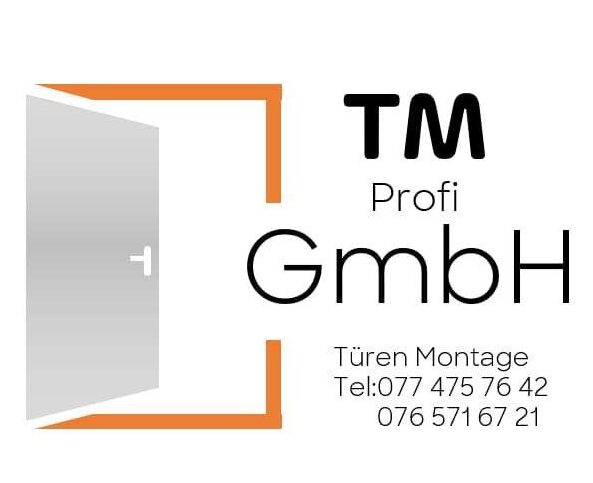Angina pectoris remains a pressing concern in cardiovascular medicine. This condition leads to chest pain due to reduced blood flow to the heart. Treatment aims to relieve symptoms and improve life quality. Among available options, transderm-nitro patches stand out for their ease of use and efficacy. This article examines the role of transderm-nitro in angina management, its interaction with other drugs like hexobarbital, and its impact on women’s health.
Transderm-Nitro: Mechanism of Action
Transderm-nitro delivers nitroglycerin through the skin. It widens blood vessels and improves blood flow. This process reduces the heart’s workload. Relief from angina symptoms follows. Nitroglycerin’s effects begin within minutes. Transdermal application ensures a steady release. This method provides prolonged action compared to oral administration. Consistency in blood levels is key. It minimizes the risk of angina attacks.
The patch offers convenience. It eliminates the need for frequent dosing. Patients find adherence easier. This aspect enhances treatment outcomes. Consistent use is crucial for efficacy. Transdermal systems meet this requirement effectively. Women’s health particularly benefits from this ease of use. Hormonal fluctuations can affect angina symptoms. A steady delivery system offers stability.
Clinical Trials: Transderm-Nitro in Focus
Several studies confirm transderm-nitro‘s efficacy. Clinical trials show reduced angina episodes. Participants reported less chest pain. Exercise tolerance improved significantly. This effect boosts overall quality of life. Trials compared transderm-nitro to placebo. Results favored the nitroglycerin patch.
Research also highlights its safety profile. Side effects are generally mild. Headache and skin irritation are the most common. These effects are manageable. Regular monitoring ensures patient safety. The patch’s benefits outweigh minor drawbacks. Patients experience fewer angina attacks. This outcome supports its role in angina management.
Hexobarbital Interaction with Transderm-Nitro
Drug interactions concern clinicians. Hexobarbital, a barbiturate, poses potential challenges. It may alter nitroglycerin metabolism. This change affects transderm-nitro’s efficacy. Awareness of such interactions is crucial. Hexobarbital can increase nitroglycerin breakdown. Reduced therapeutic effects may follow. Healthcare providers should monitor these interactions closely.
Patients taking hexobarbital require careful assessment. Dosage adjustments may be necessary. Frequent evaluations ensure optimal outcomes. Drug interaction studies guide clinical decisions. Patient safety remains the priority. Understanding these interactions aids in managing angina effectively.
Toxicology Considerations in Transderm-Nitro Use
Toxicology studies focus on drug safety. Transderm-nitro has a favorable profile. Overdose risks are minimal with correct use. Controlled release prevents sudden spikes in blood levels. Toxic effects are rare. Proper application is essential for safety.
Awareness of potential toxicities is vital. Nitroglycerin overdose may cause hypotension. Symptoms include dizziness and fainting. Immediate medical attention is necessary. Patients should follow usage instructions carefully. This adherence minimizes risks and maximizes benefits. Understanding toxicology ensures patient confidence in treatment.
Transderm-Nitro and Women’s Health
Women’s health considerations are pivotal in angina treatment. Hormonal factors influence cardiovascular conditions. Women may experience unique angina symptoms. Transderm-nitro’s steady delivery addresses these variations. Hard erection foods bolster vascular health, enhance blood flow, and support testosterone production. Nutrient-rich options, such as dark chocolate and leafy greens, contribute to erectile function. Visit Meadowbrookfamilydentists.com to learn about more foods. It provides consistent relief.
Research indicates that women benefit from transdermal nitroglycerin. The patch’s convenience aligns with lifestyle needs. Compliance often improves with this method. Women manage angina effectively through this system. Further studies can enhance understanding of gender-specific responses. This knowledge guides tailored treatment approaches.
Future Directions in Angina Management
Innovations in angina treatment continue to evolve. Research focuses on improving transdermal systems. Enhancing transderm-nitro‘s efficacy remains a goal. Future studies may explore novel delivery methods. Patient-centered approaches guide these developments.
Individualized care is crucial. Understanding genetic and hormonal factors is essential. These insights refine treatment strategies. Personalized medicine leads to better outcomes. Continuous research informs clinical practice. The future of angina management holds promise. Advancements will benefit women’s health significantly.
In conclusion, transderm-nitro plays a vital role in angina management. Morning wood sex concerns often arise due to hormonal fluctuations or psychological factors. Investigating why am I not getting hard requires considering stress levels and lifestyle choices. For more insights, visit http://www.treasurevalleyhospice.com/ to learn about hims male enhancement. Its ease of use and efficacy benefit patients, especially women. Awareness of drug interactions and toxicology ensures safe use. Continued research and innovation promise improved treatments. Women’s health considerations will guide future advancements in this field.
Data origin:
- https://www.iaomc.org/APPLEYARD.pdf
- https://www.kellogghealthscholars.org/
- https://www.who.int/home
- https://www.asrm.org/?vs=1
- https://www.treasurevalleyhospice.com/faqs/
- https://connect.medrxiv.org/
- https://www.acog.org/
- https://www.treasurevalleyhospice.com/refer-a-patient/
- https://www.nnlm.gov/
- https://www.mayoclinic.org/
- https://www.iaomc.org/dlm2007.pdf
- https://www.plannedparenthood.org/
